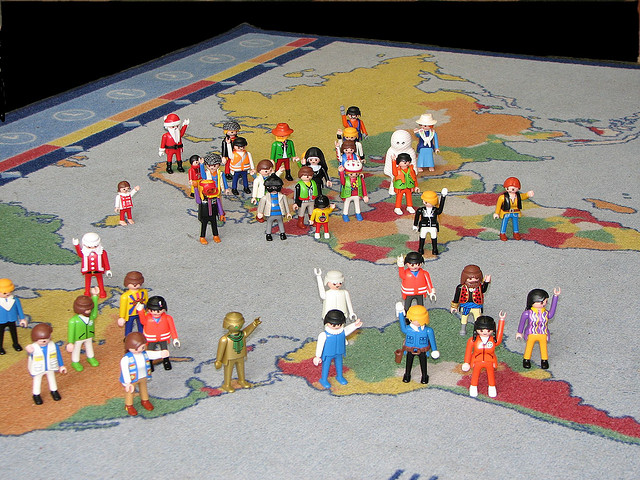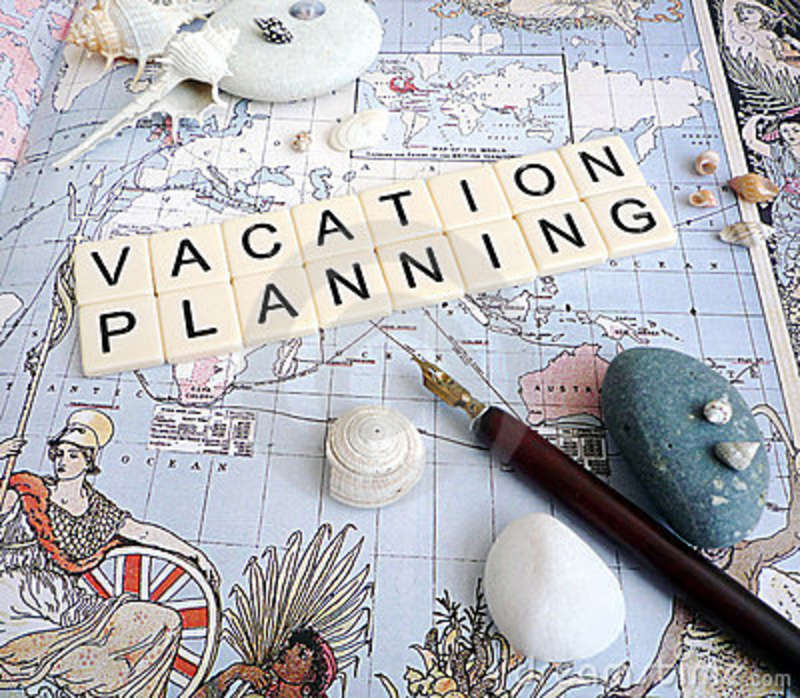Take the children to football practice, that’s how you can discover they have a passion for this sport. Get them a musical instrument or a sketch pad and watercolors, that’s how you can get them started on music or art. Let them take part in something like Allnatt Outdoors learning center and discover that they are an adventurer and prefer being amongst nature.
But with travel, how would you do that? How would you kick start a passion that can turn them into world explorers with an ongoing desire to go from one place to another?
While an obvious answer may be to take them on trips around the world, this is not a convenient option available all the time. Based on personal experience and talks with travel-aware parents, there are certainly a few things that parents can do that can pave a way for children towards that passion:
Get them an atlas

“Dad where is India?” That was the question that probably started it all. Before knowing it, I was on my way to the closest book store and choosing my first atlas. Going through the pages, I found out where India was along with so many other places. And every time I was curious about a place, I would pull out my atlas and start looking.
Getting your child an atlas – or if you are the paperless type, downloading an atlas app on the tablet – is a great starting point to get them to understand that there is a wide world out there. An inflatable globe is another creative way to introduce the idea.
Take them to the airport

Whenever you get the occasional chance to pick up or drop someone off at the airport, take your child along. The exciting buzz of airports, of people coming and going and sometimes seeing an actual plane, will get them watching, asking questions and understanding an important aspect of travel.
Get them travel-themed board games

Put the tablet and smart phone aside, board games with a travel theme are an entertaining and educational option for children. They can include trivia questions on culture and geography or a challenge to make a trip within a certain time and to overcome real-life travel obstacles. Popular examples to look for are: “Travel Go”, “Passport to Culture” and the “10 Days In” series.
Plan a family trip with them

Of course, making the trip itself is a great opportunity, but something that should not be missed as well is involving them in the pre-arrangements. Yes, pre-arrangements are a hassle in themselves, but involving them in some details can still be done.
For example, if you have already decided on a destination, ask them the type of activities that they would like to do or give them choices to choose from. If you are making hotel bookings and have a short-list, ask them to help you choose one. When packing bags, let them do a first round of packing and then guide them on the necessary things to take.
Warning: Be prepared to face the possibility of them insisting on taking all their favourite toys and gadgets regardless of size, and having to negotiate a way out of it!
Let them try foreign food

With more and more international restaurants opening up, taking your kids to restaurants with international cuisine is becoming an easier possibility. Cook different dishes at home and tell them where they come from, let them try exotic fruits and vegetables and tell them about their origin.
The first time I was introduced to New Zealand was when I had my first kiwi. Associating food with places is a great way for children to learn about new countries.
Hold costume parties with an international theme

Another great associative way is using visuals. If you are throwing a birthday party or even having a special gathering for your child and their friends, ask them to come over wearing a national costume from somewhere and watch them interact and learn from each other about the countries they are representing.
With older children, let them do their own research and come up with creative ways to recreate a costume. You can even take the suggestion to school and ask them to hold an international day every year if they are not already doing something similar.
Introduce the idea of pen-pals

Back in the days when people still sent written letters to each other (sigh), having a pen-pal was a big thing. You had various organizations that would randomly select a pen-pal from around the world that you would exchange letters with and in the process, you’d learn about each other’s countries or even languages if they were different.
Fast forward to the era of the Internet and online interactions; this trend in its traditional form may have faded out, but now there are online options. Check websites like InterPals and let your children choose a pen-pal to start talking to. This is more suitable for older children/teens, but still an occasional safety check is recommended, as anyone can be on the Internet.
Let them go on school trips and sign them up for summer camps abroad

At one point in time, you will need to let your children experience the idea of traveling without you. It will teach them self dependence and will give them a good introduction to money planning – all necessary tools for a traveler.
A good starting point is school trips outside the city. Up a level, another option that is becoming increasingly popular and available is sending children to summer camps in foreign countries – for example through a school exchange program. A tough one, but worthwhile.
WE SAID THIS: Don’t miss 10 Risks You Absolutely Must Take When You Travel


